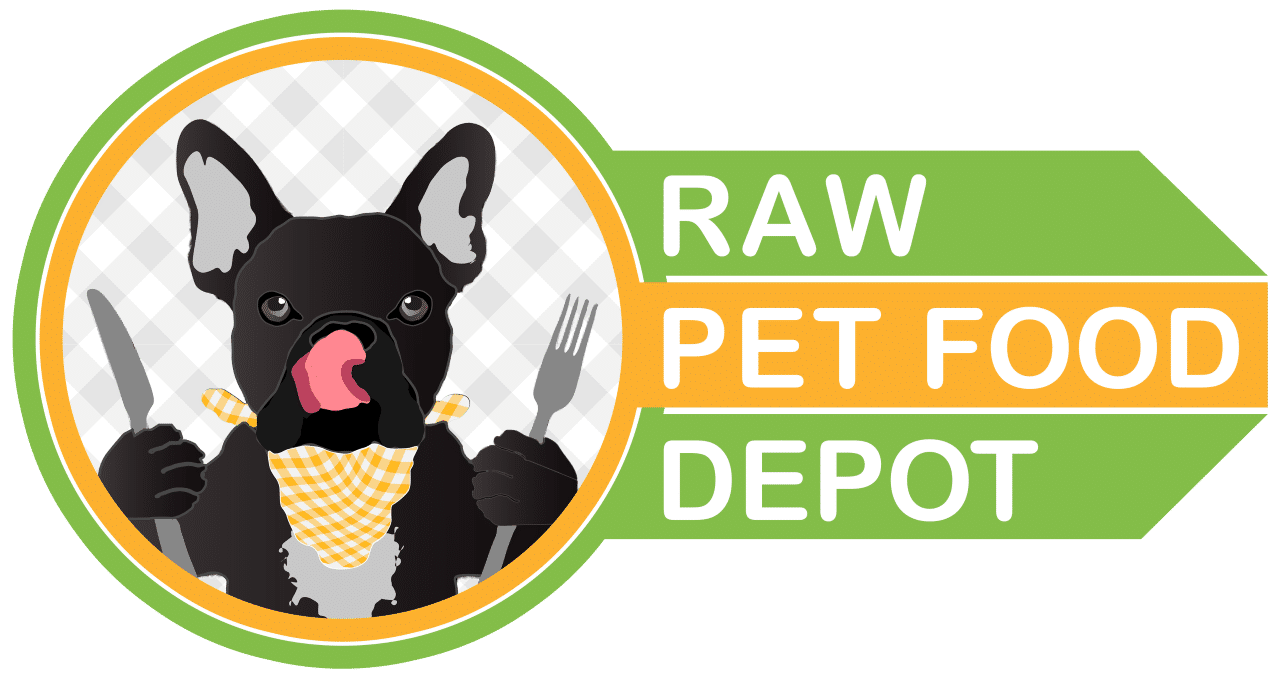Introduction to Raw and Freeze-Dried Pet Food
Are you a pet owner striving to provide the best nutrition for your furry friend? With numerous options available, the choice can be overwhelming. Recently, raw and freeze-dried pet foods have surged in popularity among health-conscious consumers and animal lovers alike.
But what exactly are these types of pet food, and how do they differ? In this blog post, we'll delve into the specifics of raw and freeze-dried pet foods, explore their nutritional differences, and help you decide which option is best for your pet.
Understanding the Nutritional Differences
-
Raw Pet Food: This diet typically consists of uncooked meat, organs, bones, and sometimes fruits and vegetables, aiming to mimic what animals would naturally eat in the wild. Proponents believe raw food offers superior nutrition as it retains all its natural enzymes and nutrients that cooking might destroy.
-
Freeze-Dried Pet Food: This food undergoes a dehydration process where moisture is removed without cooking, preserving most nutrients while making the food shelf-stable and easy to store. The result is a lightweight, convenient product that can be rehydrated before feeding.
Comparing Nutrient Profiles
- Both raw and freeze-dried foods typically offer high levels of protein and essential nutrients.
- Freeze-drying can cause slight nutrient loss, although generally less than traditional cooking methods.
- When choosing between raw and freeze-dried, consider your pet's specific nutritional needs and consult with your vet.
Benefits of Raw and Freeze-Dried Diets for Pets
- Enhanced Nutrition: Both diets are known for their high nutritional value, containing fewer fillers and preservatives compared to commercial kibble, making them a healthier choice for your pet.
- Improved Digestion and Health: Many pet owners report improved digestion, shinier coats, and increased energy levels in their pets after switching to raw or freeze-dried diets. These foods are easier to digest and can help pets with food sensitivities or allergies.
- Better Weight Management: Due to their high protein content and low carbohydrate levels, raw and freeze-dried foods can help maintain a healthy weight for your pet. This is particularly beneficial for pets prone to obesity.
Common Misconceptions Debunked
- Raw Food Is Dangerous: A common misconception is that raw food can be dangerous due to bacteria. While raw food can harbor pathogens, proper handling and sourcing from reputable suppliers can mitigate these risks. Always follow safe food handling practices to keep your pet healthy.
- Freeze-Dried Food Lacks Freshness: Some believe freeze-dried food lacks the freshness of raw food. However, the freeze-drying process locks in nutrients and flavor, often making it more palatable and just as nutritious as fresh food when rehydrated properly.
- Expense and Complexity: Many assume that raw and freeze-dried foods are too expensive or complicated. While they can be pricier than kibble, the health benefits often outweigh the costs. Additionally, many brands offer convenient pre-portioned options.
How to Choose the Right Option for Your Pet
- Assess Your Pet's Needs: Consider your pet's age, health, activity level, and specific dietary needs. Some pets may thrive on a raw diet, while others might do better with freeze-dried food.
- Experiment and Observe: You might need to try both options to see which suits your pet best. Observe your pet's reaction, energy levels, and overall health to determine the most suitable diet.
Practical Tips for Introducing Raw or Freeze-Dried Food to Your Pet
- Gradual Transition: Sudden changes in diet can upset your pet's stomach. Introduce raw or freeze-dried food gradually by mixing it with their current food and slowly increasing the new food's proportion over a week.
- Monitor Health and Behavior: Keep an eye on your pet's digestion, energy levels, and overall health during the transition. Any significant changes should be discussed with your vet.
- Proper Storage: Store raw food in the freezer and freeze-dried food in a cool, dry place. Follow storage guidelines to ensure the food remains fresh and safe for consumption.
Conclusion
Choosing the right diet for your pet can significantly impact their health and well-being. Raw and freeze-dried foods offer excellent nutritional benefits and can be a great option for many pets. By understanding the differences, benefits, and how to introduce these diets, you can make an informed decision that best suits your furry friend.
For more insights on pet nutrition and personalized advice, talk to a professional. Book a consultation with one of our experts today and give your pet the best nutrition possible.

